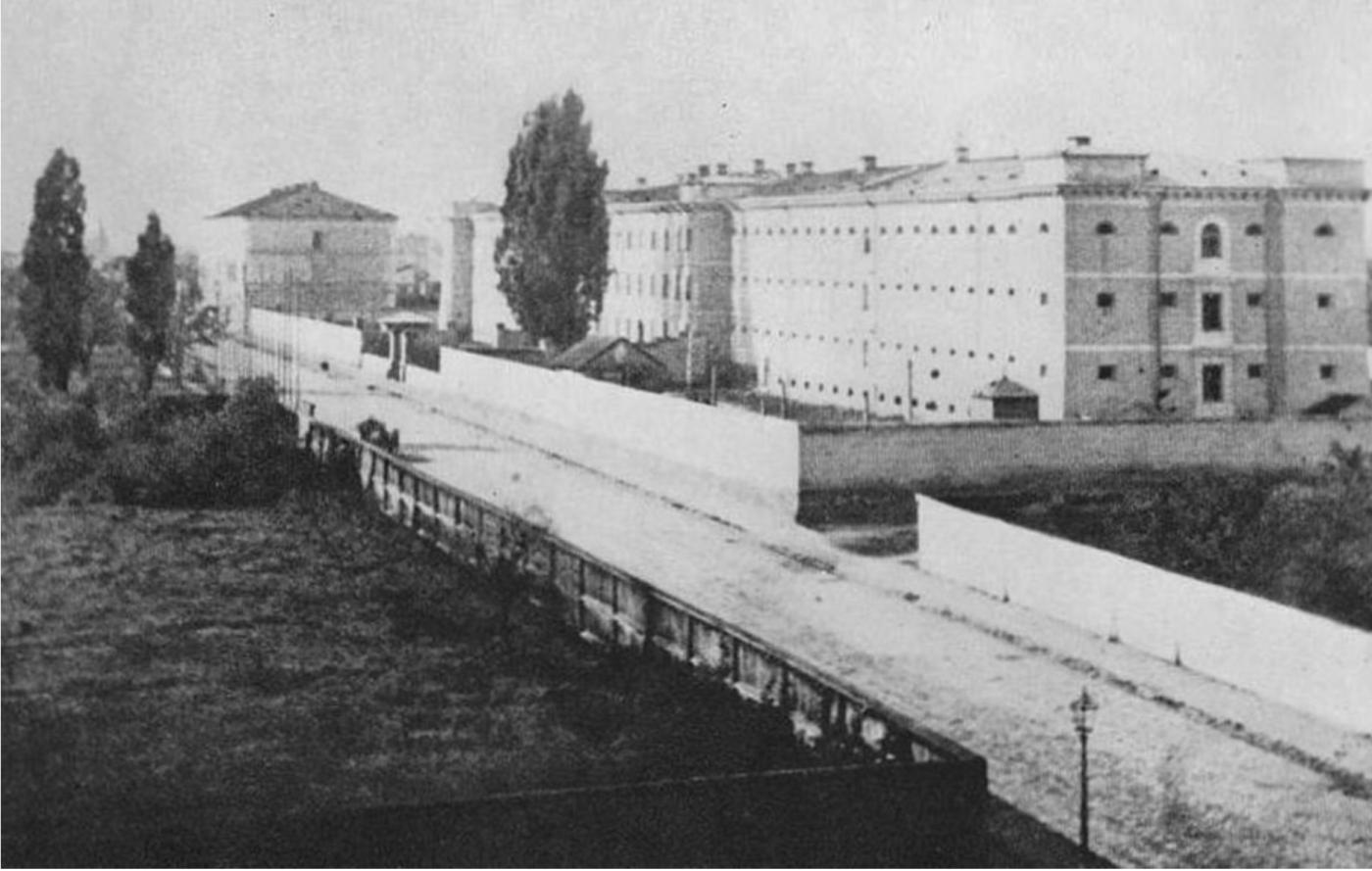
On this day in military history…
In the early days of German occupation in Poland, on October 2, 1939, the first wave of Polish civilians were rounded up by the occupying forces and brought to Pawiak Prison in Warsaw. This date marks the beginning of one of the darkest chapters in Warsaw's wartime history. The German authorities, having taken over the city just days earlier, wasted no time in transforming Pawiak into a key site of terror and repression.
Initially constructed in the 19th century as a Tsarist prison, Pawiak was quickly repurposed by the Gestapo. On that early October day, the first group of prisoners — numbering over 160 — were led into the prison. In the following days and months, thousands more would follow. The Germans conducted widespread street roundups known as łapanki, indiscriminately arresting men, women, and even children, often for no reason other than being in the wrong place at the wrong time. These victims, along with members of the Polish resistance, intellectuals, and anyone suspected of anti-German activity, were funneled into Pawiak's overcrowded cells.
Between 1939 and 1944, it is estimated that around 100,000 people were imprisoned in Pawiak. The prison quickly became notorious for the brutality of its conditions and the savage treatment of inmates by the Gestapo. Prisoners were routinely tortured during interrogations. Cells built for a handful of inmates were crammed with up to twenty people. Food was nearly nonexistent, medical care was denied, and disease was rampant. The air inside was suffocating, the fear constant.
Of the approximately 100,000 who passed through Pawiak, about 37,000 died within its walls or in immediate connection to it. Some were executed in the prison yard, others were transported to secluded locations such as the Palmiry forest, where mass executions took place. Torture was not only used to extract information but also to terrorize. Screams echoed through the prison halls daily. For many, death came as a release from the inhuman suffering.
The remaining 60,000 or so prisoners were transferred to Nazi concentration camps across occupied Europe. Many were sent to Auschwitz, Majdanek, Stutthof, Ravensbrück, and other camps, where the majority did not survive. Pawiak served as a gateway to these hellish places, often the last stop before slow death by forced labor, starvation, or gassing.
Pawiak was administered by the German Gestapo, who ruled the prison with unchecked cruelty. Individual officers became infamous for their sadism, and some were later hunted down by the Polish resistance. The prison was divided into sections for men and women, with a separate women’s ward known as Serbia. Both wings saw the same horrors — beatings, psychological torture, and constant fear of execution or deportation.
In 1944, as the Soviet front approached Warsaw and the Warsaw Uprising broke out, the Germans began erasing evidence of their crimes. The final transport of prisoners left in July of that year. Around 1,400 men were sent to Gross-Rosen, while 400 women were shipped to Ravensbrück. In August, after brutally executing the remaining prisoners, the Germans blew up the Pawiak complex on August 21, reducing it to rubble in an attempt to cover up the scale of their atrocities.
After the war, the prison was not rebuilt. However, parts of the structure remained — fragments of the walls, the original gate, and a portion of the underground cells. These were preserved and transformed into a memorial. In 1965, the Pawiak Prison Museum was opened on the original site. Today, it serves as a place of remembrance. Reconstructed cells, authentic relics, and personal testimonies offer visitors a haunting glimpse into the suffering endured there. A bronze replica of a tree — the so-called “Pawiak Tree” — stands as a symbolic monument to those lost, covered with plaques left by grieving families.
Pawiak stands as a silent witness to the crimes of the German occupation. It is not just a place where thousands suffered and died, but a symbol of Poland’s resistance, the cruelty of totalitarian regimes, and the enduring human spirit. What began on October 2, 1939, with the arrival of the first Polish prisoners, would grow into one of the most tragic legacies of Nazi terror in Warsaw.










